Islabikes eJanis e-bike review
A lightweight easy-to-use ebike with style and simplicity
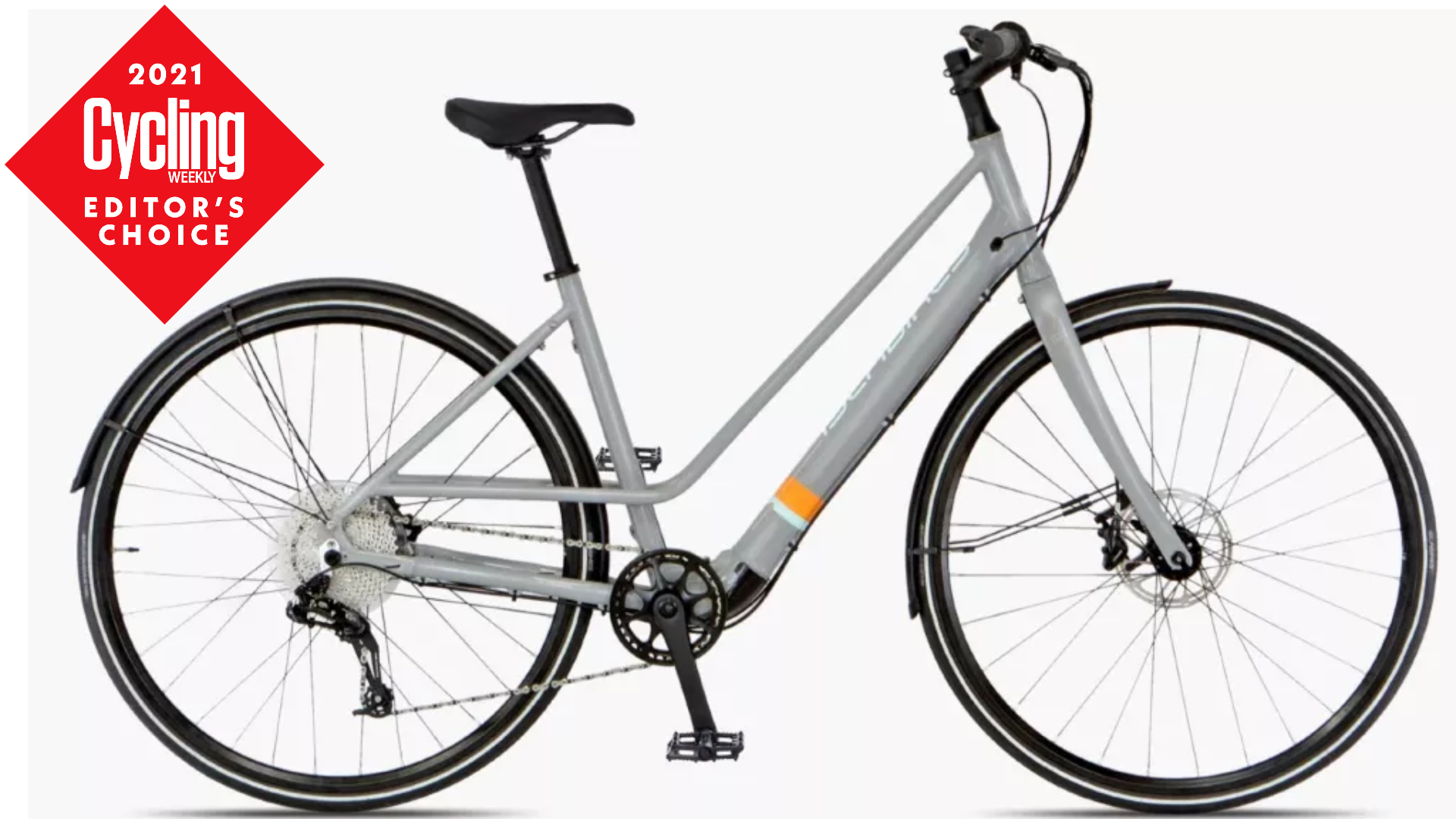
The eJanis is a good bike for cyclists looking for a stylish, though unfussy easy-to-use ebike as a runaround for errands and commuting, and some leisure rides. Whilst the target market is the “boomer” generation, it is also ideal for those new to cycling because it doesn’t have so many complicated gadgets. Because it’s light, you can feasibly ride the eJanis without the motor and give yourself a little exercise in the process if you wish.
-
+
Lightweight vs industry average
-
+
Stylish slimline look
-
+
Components designed for simplicity
-
-
Non-detachable battery
You can trust Cycling Weekly.

Whether you’re into road biking, mountain biking, gravel riding or commuting you can now find an e-bike version; there’s a lot of choice, which makes determining the best electric bike for you quite a mission.
Islabikes, known for its best-in-class children’s bikes, sets itself apart by targeting its adult electric bikes at (according to Islabikes) the “baby boomer” generation. That is, those born between 1946 and 1964. Of course, the bikes are still well suited to the younger crowd, Generation X right through to millennials - I myself am some way off the target in terms of years, however, some of the adaptations made were remarkably enjoyable.
To cater for the target riders, Islabikes used its knowledge of creating some of the best kids’ bikes to question the conventions of adult bikes, by lowering the gearing and making the shifting much more intuitive. There’s some other neat features, such as “easy tyre change” rims, and the q-factor - which determines the space between your feet - is kept narrower than on conventional road bikes which reduces the required range of motion.
The eJanis is part of a two up family, alongside the eJimi. While the eJimi is geared towards off-road riding, the eJanis, which I tested, is for road rides.
Modelled on its non-motorised counterpart, the Janis, the eJanis has kept all the great features and the elegance but with a little engine assistance.
Islabikes eJanis: frame and fork
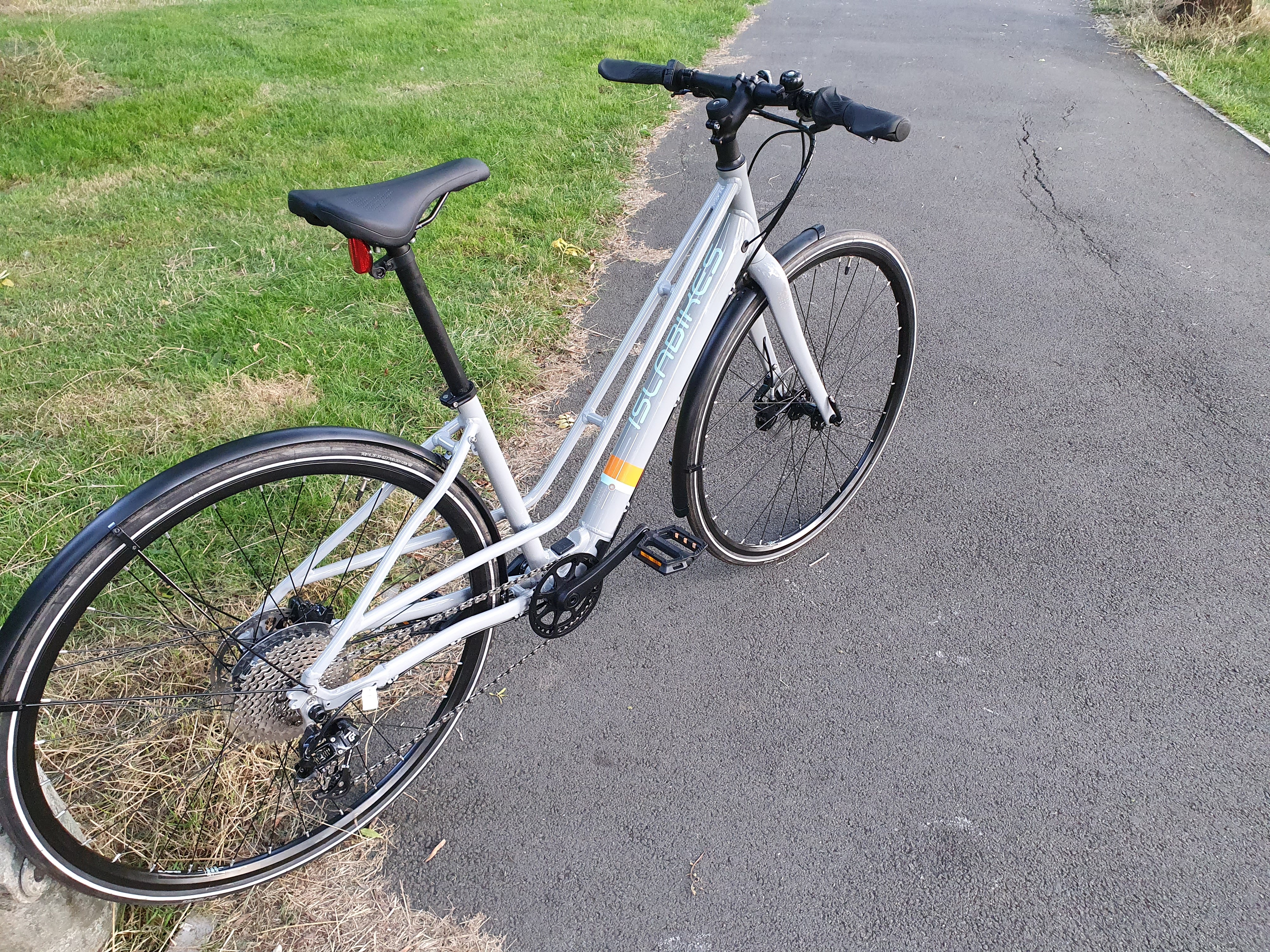
An aluminium step-through frame is complemented with matching coloured carbon fork. The double downtubes confer extra sturdiness to the eJanis, like her analogue sister the Janis. And, it also makes getting on and off easier for anyone with limited mobility.
As mentioned, the Q-Factor - which determines the distance between your feet as you ride - is narrow, this reduces the range of motion required when pedalling. The narrow Q-Factor is made possible by the use of a direct mount narrow-wide chainring, which Islabikes produced in conjunction with US bike groupset manufacturer SRAM.
Islabikes has used an external bottom bracket, with sealed bearings - this should keep the muck out whilst being relatively easy to maintain, should you choose to do your spannering at home. Cable routing is internal, and the battery is integrated into the streamline downtube.
To look at the eJanis, you would hardly know that it is an e-bike. The beady eyed among you will notice the mini control panel on the left handlebar grip and the small plug-in near the bottom bracket as the giveaway. But overall, the designers have done a good job in making the eJanis look like an analogue bike with the simplicity of style and none of the chunkiness that you see in some e-bikes.
The built bike weighs in at 13.5kg. There are other e-bikes, at a similar price, tipping the scales around this point - Ribble's AL e, as an example, costs £2,199 with a claimed weight of 13.1kg. However, whilst the eJanis' low weight isn't unique, it is set apart from the average, the Liv Thrive E+ I tested recently had plenty going for it, but it was 18.1kg - that's a big difference.
Islabikes eJanis: components
Disc brakes are pretty much standard fare for new bikes these days, and the eJanis is no exception, sporting SRAM hydraulic brakes. These use 160mm rotors, which is plenty of stopping power, creating a feeling of control in wet conditions or when rolling down a steep hill.
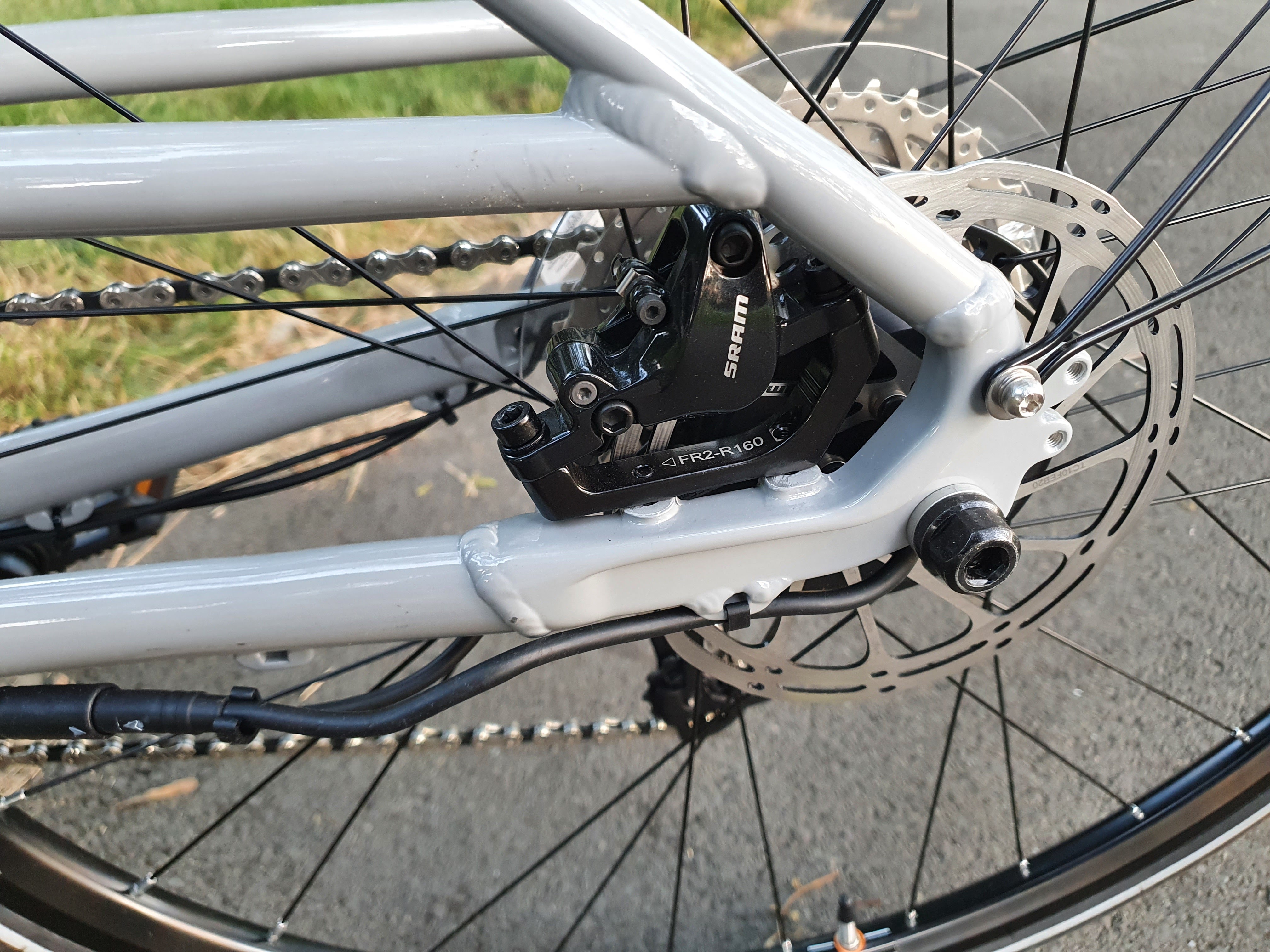
I was slightly surprised to feel the brake levers were a little small, and their positioning was further inwards from the handlebars compared with where I normally find them. Although it felt quite new for me, I quickly got used to this new positioning. This positioning of the brakes makes sense though, as they are then separated from the handlebar grip gear shifters. Furthermore, their small size means braking is easier for riders with petite hands.
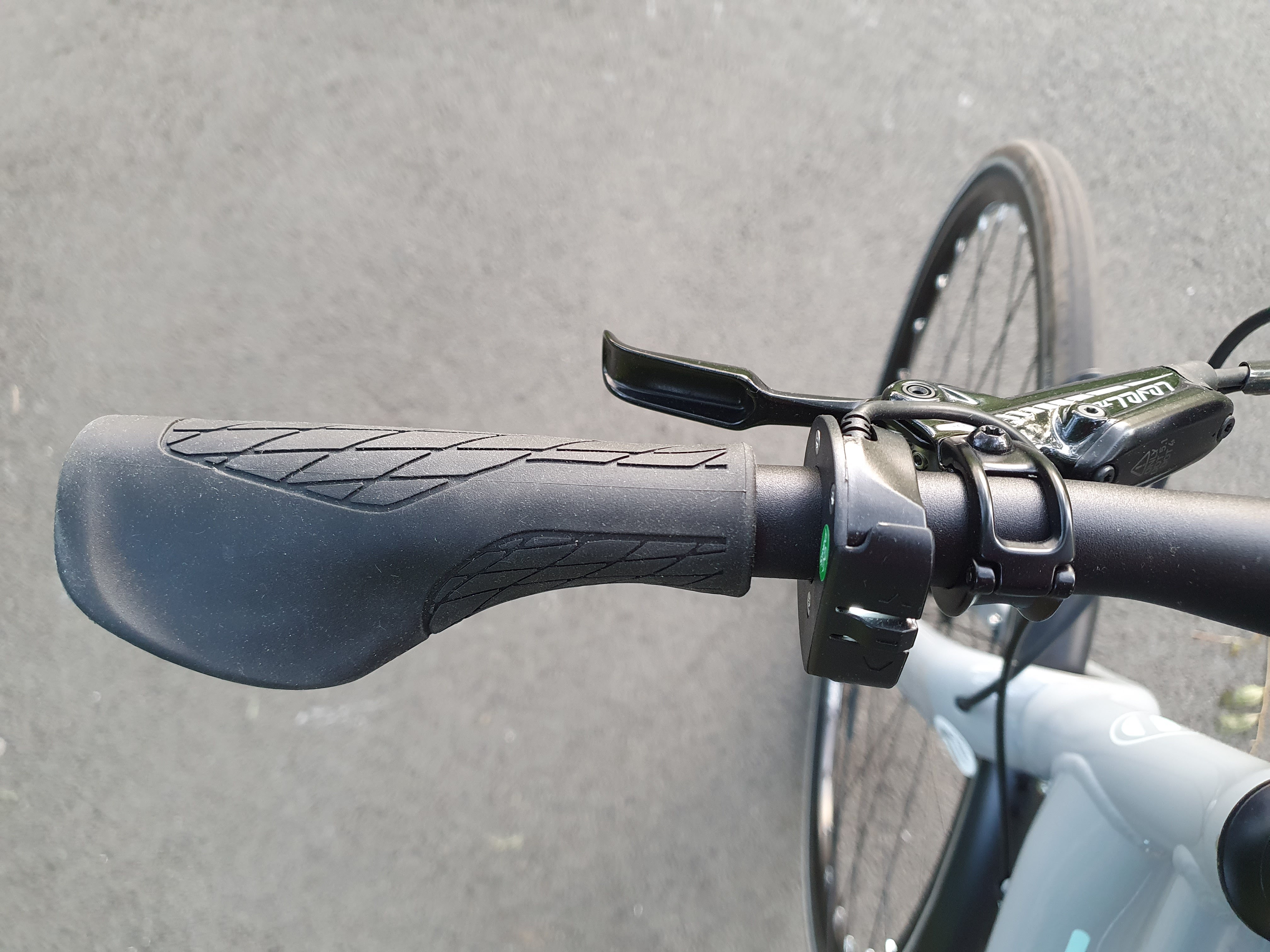
In keeping with a theme of simplicity and lightness, the eJanis has just the one chainring, with 34 teeth. Riding uphill wasn’t compromised though, because there is a dinner-plate of a 11-40-teeth 10-speed cassette to help out. In any case, you’ve got motor to play with too, so you’ll have all the help you need to get up the very steep hills! Shifting is operated by a Grip Shift lever, the aim of the game is to make changing gears easier, requiring only a light action.
There isn’t a full chainguard, but there is a guard around the chainring, so your trousers are still kept out of the way when pedalling. The cranks on my bike measure 170mm, but smaller bikes come with smaller cranks - a learning Islabikes again takes from its kids' bikes.
The wheels are identical to those on the Janis, with 28 steel spokes, and a quick release on the front. The rear (32-spoke) wheel is released by unscrewing it from the axle. It’s good to know that in case of a puncture, that removing the tyre will be a simple task once the wheel is released, given that the rims are Islabikes “Easy-tyre-change”.
The 30mm tyres are slick, though have enough grip to cope with the odd bit of light duty trails. There is the option to put on Mixte tyres for multi-terrain rides. For more extensive off-road riding, the eJimi is a better suited bike.
The eJanis is fitted with a bell, as well as mudguards. There are mounts to put on a rear bike rack, and you can also add on a prop-stand, which would make this type of bike even more user-friendly.
Islabikes eJanis: battery and motor
Moving onto the key aspect of an e-bike, the e-bike motor and battery, the eJanis is powered by a Mahle Ebikemotion 250Watt motor, with an internal 250Wh Panasonic battery giving it a range of 40-50 miles.
So that is more than enough engine for those using the eJanis as a run-around in your local area, be it to get to work, go to the shops or take a leisure ride with friends into the nearby countryside.
The beauty of the eJanis, is that the bike is light enough to not consume as much power as something like the Liv Thrive E+, and so the e-bike range lasts for longer between charges. There are three assistance levels, making the motor responsive enough to provide torque (or force) as needed. The bike gives a kick at those moments when you need it, like setting off at the lights, or when on a hill. These settings can be customised further using the Ebikemotion app, which can be paired with the eJanis via your phone.
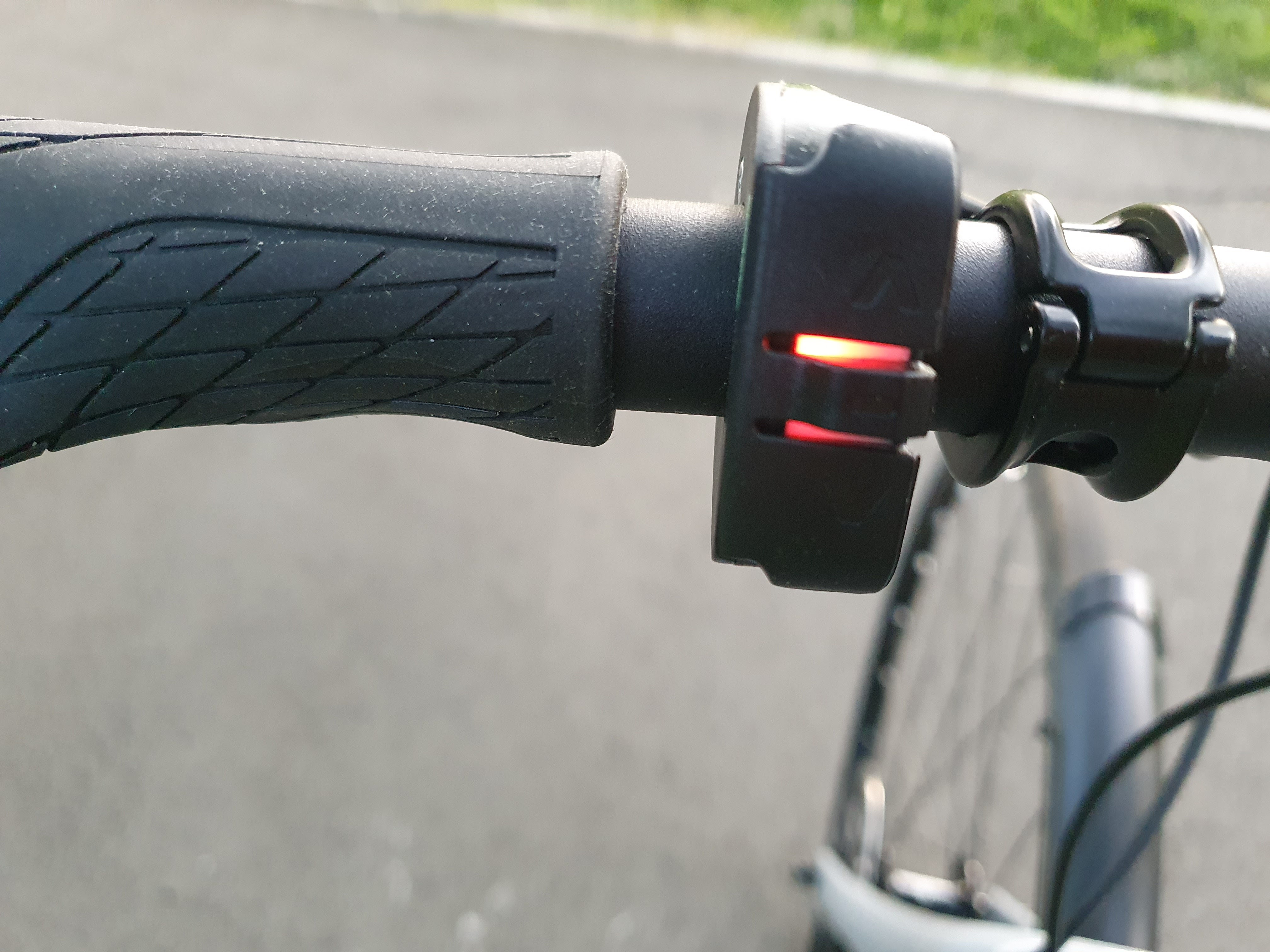
Lights (as well as vibrations) on the control panel indicate which assistance level you are operating in, and they also turn red when battery power is running low. It’s worth noting that if you did have the mishap of running out of battery while on a ride, the eJanis is light enough to pedal without any motor. At 13kg, It would just be the equivalent of riding a non-motorised entry level mountain bike.
So if you decided to do something adventurous like ride the 60 miles from London to Brighton you could feasibly do so – just save a bit of battery for Ditchling Beacon.
Charging the bike from empty to full takes around 3.5 hours and this is done by plugging the lead directly into the bottom bracket of the frame.
As the battery is integrated within the bike, charging the eJanis needs to be brought directly to the power source. For many people that would mean bringing the bike indoors.
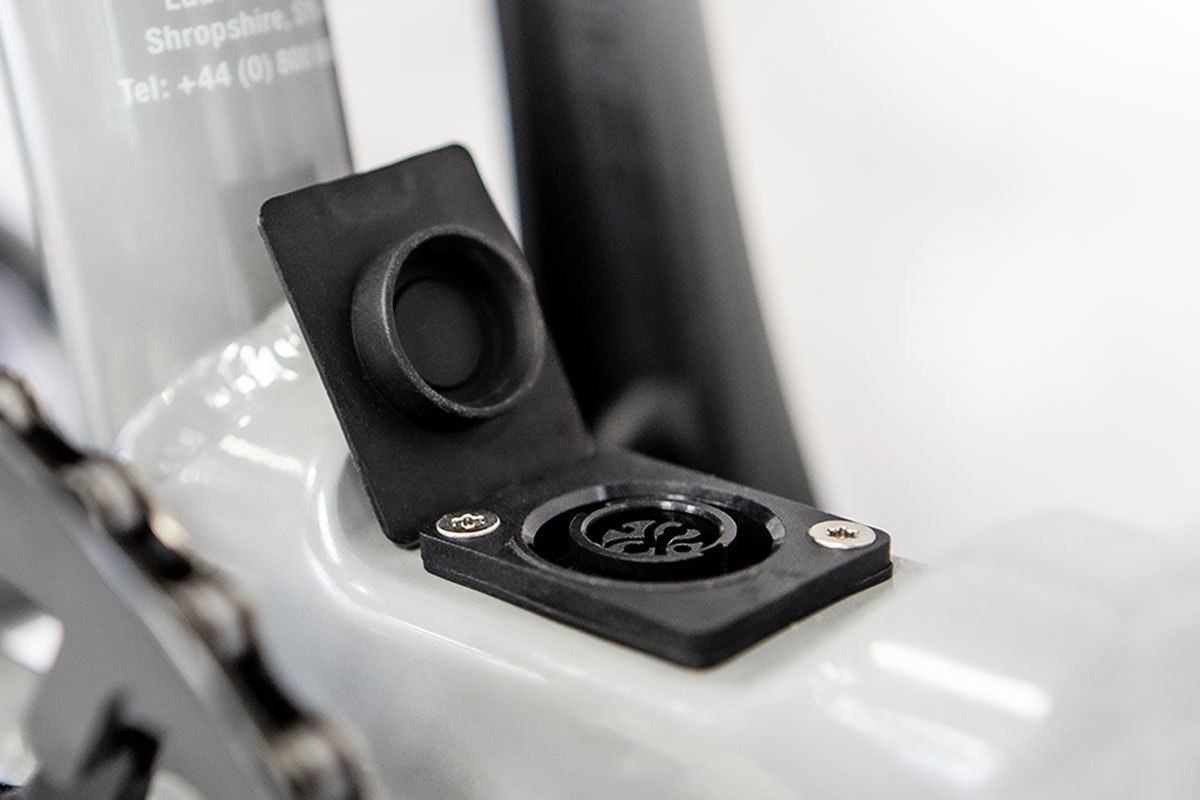
For some, this might be a cumbersome way of doing things and prefer the relative slickness of just removing the battery and charging that up indoors. For others, they may find the idea of removing a battery, and more importantly remembering where they have put the battery key, too much to think about. It’s horses for courses. Personally, I prefer the latter, but it would interfere with the sleek aesthetic.
Islabikes eJanis: the ride
I used the eJanis to ride around London. As I am in South London the terrain in that area is quite hilly, so the bike’s engine was put to the test, given that I have to go up a steep hill on my outward and my return journey home. Central London is around 8 miles from my home, so in a typical week of commuting to and from work I would charge the bike twice a week, though sometimes I would extend the range by cutting out the engine on the long downhill section of my ride.
When riding without any power, the pedalling felt very smooth and agile, like on a standard push bike. The eJanis didn’t feel heavy, and at times I forgot that I was on an e-bike as I happily rode along sans motor.
My body position, which was fairly upright, felt comfortable, and I really appreciated having ergonomic handlebar grips. For people a bit shorter than myself and new to cycling, they may appreciate a dropper seatpost, allowing your feet to reach the ground easily.
I rode the eJanis with the standard 170mm length cranks, though again for smaller people they may prefer the 160mm cranks, these are specced on smaller bikes as standard. All this is in keeping with Islabikes’ tradition of catering to the needs of shorter bike riders.
Islabikes eJanis: value and conclusions
The eJanis comes in at £2,699 - meaning it rubs shoulders in value terms with the likes of the Ribble Hybrid AL e, albeit a touch more pricey and 0.4kg heavier in claimed weight. Practical additions like the mudguards will be partially responsible for this gap in heft. Both brands are slightly set aside from the industry norms, as a direct sales method allows for lower pricing. Elsewhere, an e-bike of this weight will cost a lot more, the Specialized Turbo Vado SL has recently been re-released, with a claimed weight of 14.9kg at £3,299.
The eJanis' 'easy ride' credentials speak volumes, as well, and really provide a strong USP - that is suited both to the "boomer" generation, and those who just like to keep it simple.
- Frame: 6061 aluminium
- Fork: Islabikes carbon fork with 1 1/8” straight steerer
- Motor system: Mahle Ebikemotion X35, 250W, Max Torque: 40Nm with Islabikes tune; Internal 250Wh battery powered by Panasonic
- Drivetrain:
- Bottom bracket: 30mm external, sealed bearings
- Cranks: Islabikes Sram fit direct mount, 30mm axle, low Q-factor, 160-175mm
- Pedals: Islabikes proportional resin flats with ball bearings
- Chainring: Direct mount, narrow/wide 34t
- Chainguard: CNC Aluminium
- Cassette: Sunrace 10sp 11- 40T
- Brakes: SRAM DB Level TL hydraulic disc, 160mm rotors
- Brake levers: SRAM DB Level TL, close reach
- Wheels: Hubs: Islabikes sealed bearing, disc, 9mm quick release; Rims: Islabikes "Easy-Tyre-Change", disc, Fr: 28- hole, Rr: 32-hole; Stainless steel spokes
- Tyres: Islabikes Road, 700 x 30c (30-622), folding bead, reflective sidewall
- Handlebar: Aluminium flat handlebar 580mm-620mm
- Handlebar grips: Ergo lock-on
- Headset: Integrated sealed bearings
- Stem: Aluminium 70mm-90mm, 17-deg reversible for height adjustment
- Seatpost: Aluminium 27.2mm, 350mm
- Saddle: Islabikes saddle
- Accessories: Mudguards, e-bike charger, propstand, rear rack, Ebikemotion app, seatpost dropper
- Weight: 13.5kg
- Frame sizes: XS-L (14-20-inch frame)
- Colour: Gloss ash grey

Thank you for reading 20 articles this month* Join now for unlimited access
Enjoy your first month for just £1 / $1 / €1
*Read 5 free articles per month without a subscription

Join now for unlimited access
Try first month for just £1 / $1 / €1
Get The Leadout Newsletter
The latest race content, interviews, features, reviews and expert buying guides, direct to your inbox!
Maria David is a freelance writer who spent five years living and working in Paris
-
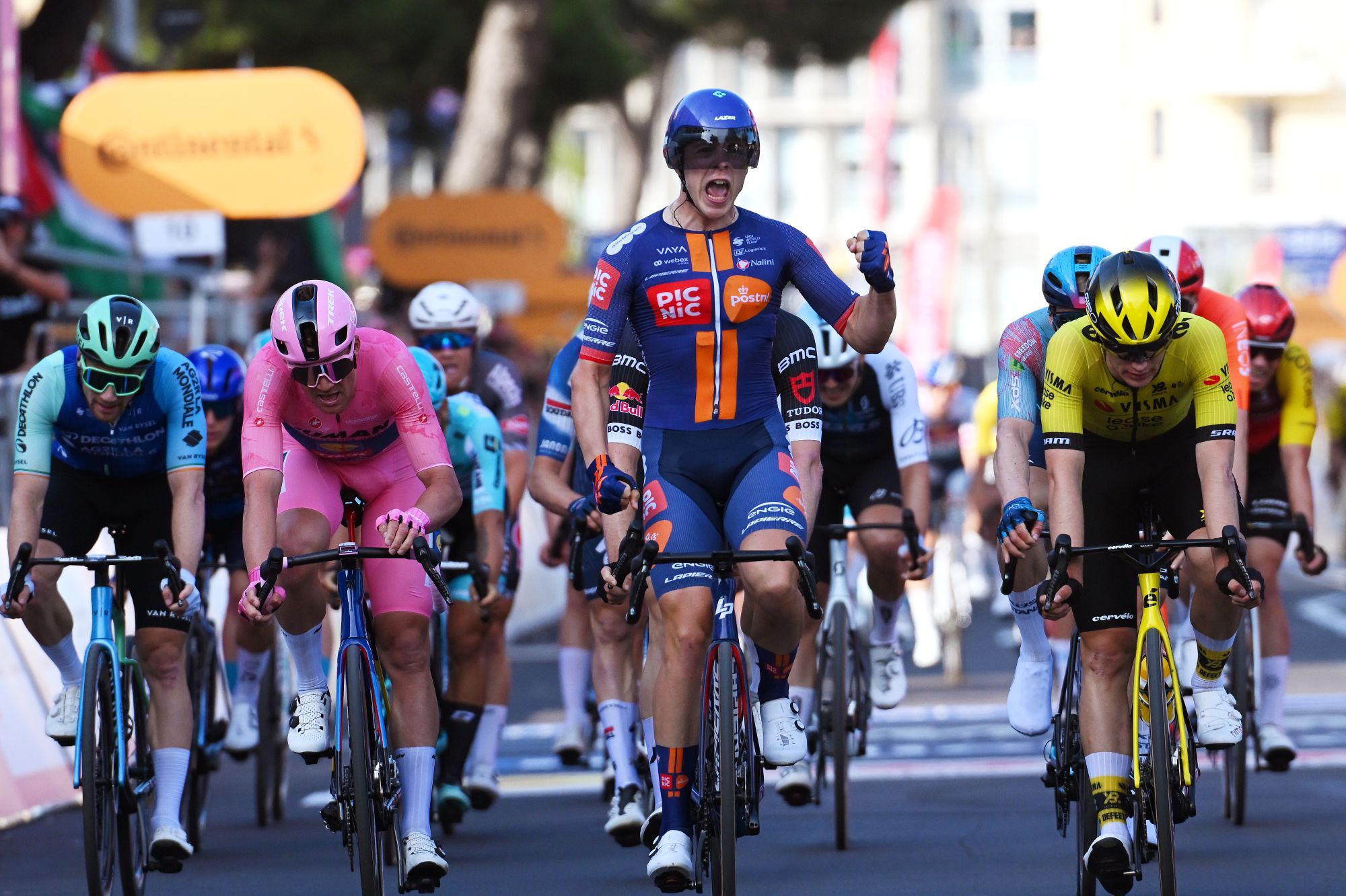 Casper van Uden sprints to victory in unusual TT helmet on Giro d'Italia stage 4
Casper van Uden sprints to victory in unusual TT helmet on Giro d'Italia stage 4Dutchman beats Olav Kooij and Mads Pedersen in bunch kick in Lecce
By Tom Thewlis Published
-
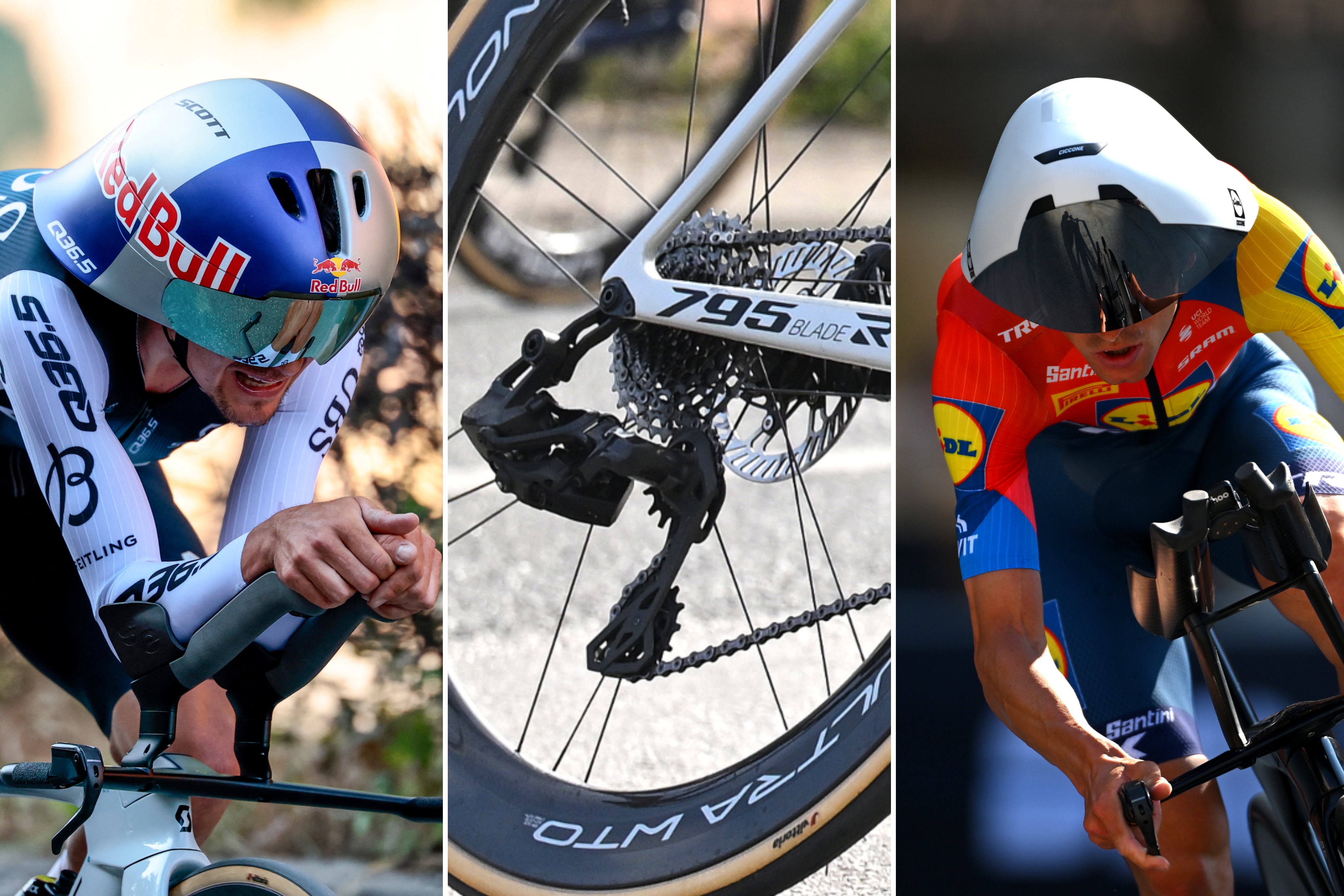 Unmarked helmets, a new Campagnolo groupset, and fresh kit: Five of the best tech finds from the Giro d'Italia 2025
Unmarked helmets, a new Campagnolo groupset, and fresh kit: Five of the best tech finds from the Giro d'Italia 2025There's new equipment on display at the first men's Grand Tour of the year
By Tom Davidson Published
-
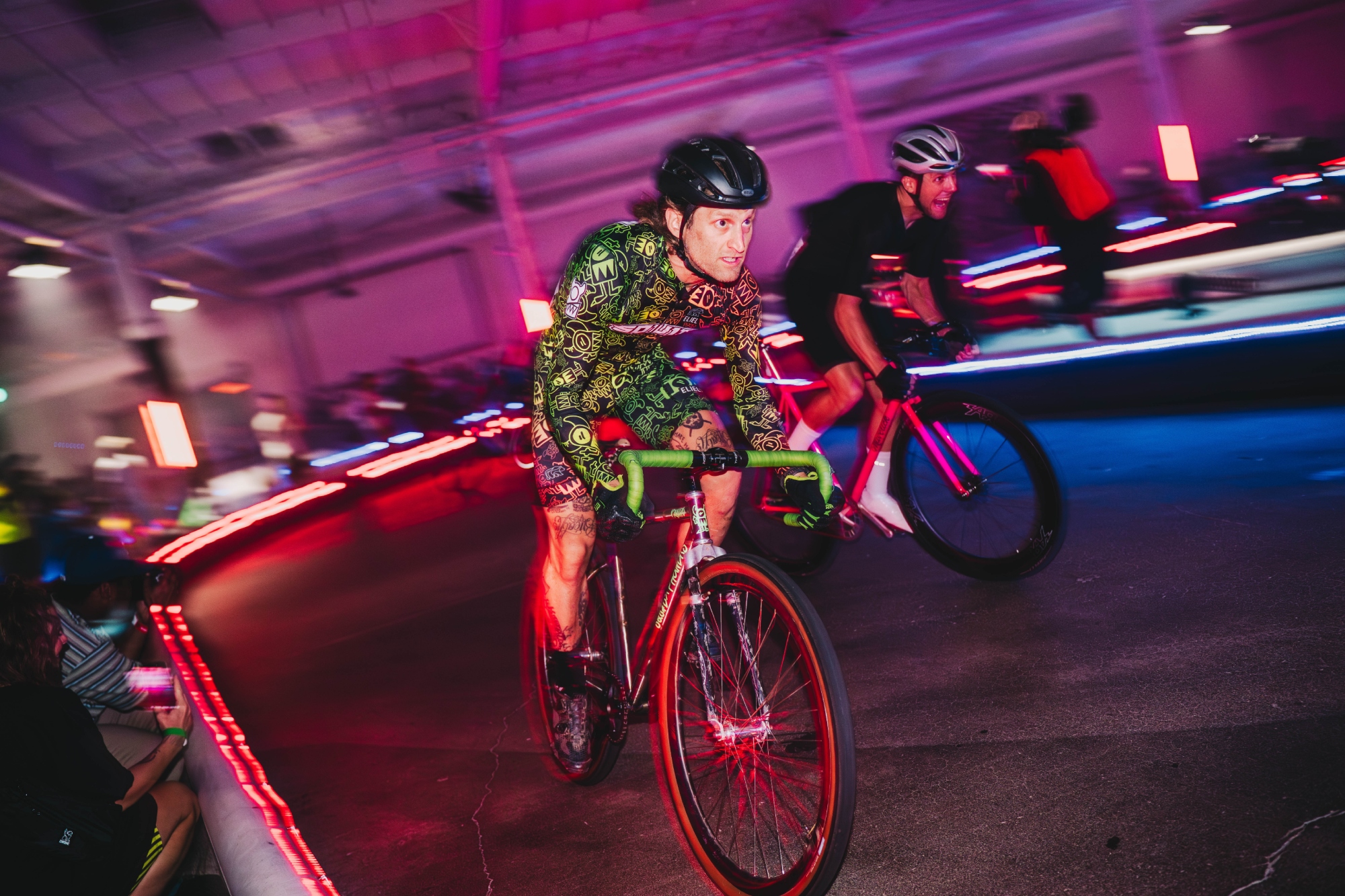 Bike racing needs to stop trying to reinvent the wheel and focus on what already works
Bike racing needs to stop trying to reinvent the wheel and focus on what already worksFormula Fixed is just the latest novelty to promise to save cycling, but is it needed?
By Adam Becket Published